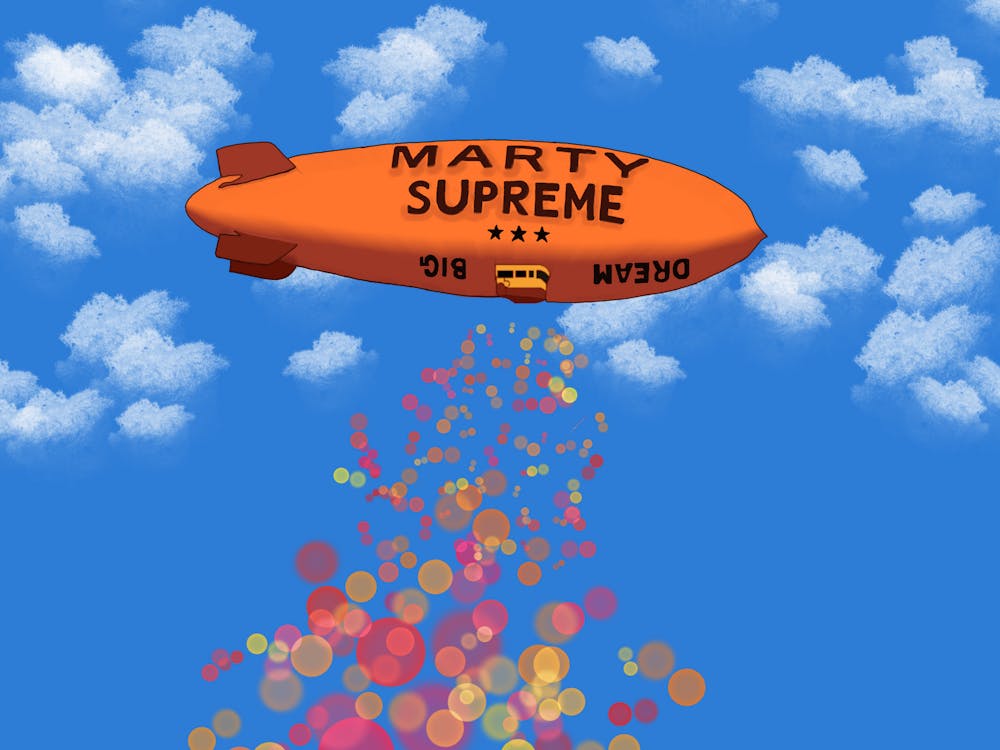Towards the beginning of “Magic Mike’s Last Dance,” the final installment in this spectacularly stripping series, Mike Lan (Channing Tatum) is adrift. Having recently lost his furniture business to the economic ravages of COVID-19, Lane fills his days bartending swanky soirees and fundraisers, clearly bored and dissatisfied with the wheel-spinning routine of his daily life.
That stupor is lifted upon meeting Maxandra Mendoza (Salma Hayek Pinault), an obscenely rich socialite in the grueling process of an unpleasant divorce with Roger (Alan Cox), her British media mogul husband. Looking for some sort of escape hatch after months of acrimony, Mendoza recruits Lane for one private dance, having been informed of his past as the titular “Magic Mike,” erotic dancer extraordinaire.
The dance transcends even her highest expectations, seamlessly transitioning into a steamy one-night stand. Smitten with the man’s moves and affable charm, Mendoza all but begs Lane to join her in London, for purposes initially unknown.
Eventually, she reveals that she is the owner of The Rattigan, a prestigious theater that is only one of many commodities to be squabbled over by her or Roger in their divorce. She brings Lane on-board to direct a disreputable male stripping show, unbeknownst to her husband, an endeavor seemingly powered by equal parts revenge and creative inspiration.
This last development fuels the narrative engine for “Magic Mike’s Last Dance,” a “let’s put on a show” story that represents a wise detour from the downbeat drama of the first film and the ebullient dance comedy of the second. Director Steven Soderbergh has never been one for rote repetition with sequels, as both fans and detractors of his masterful “Ocean’s Twelve” can attest to, and the trend continues here.
That said, the film is still very much a “Magic Mike” sequel, with all of the dancing and boisterous ensemble work that such description entails. The movie is at its absolute best when focusing on the joy of bodies in beautifully choreographed motion, peaking early with that aforementioned dance between Lane and Mendoza.
There are times when the movie, which alternates between performance preparation and screwball romantic comedy, can feel a bit strained. Since returning from his short-lived retirement around the middle of last decade, Soderbergh has been refining an increasingly clinical and economical directorial style. That can occasionally feel like an awkward fit for this particular movie, which is sometimes strained in a way that its predecessor, the terrific “Magic Mike XXL,” never was.
Even still, there is a technical excellence to the movie that can only come from a craftsman as accomplished as Soderbergh. Editing and shooting under pseudonyms, as usual, there is a confidence and assuredness to all of his choices that might be overlooked in a theatrical environment that is saturated with quality mid-budget entertainment.
By the time the movie reaches its climax, the “last dance” promised by the movie’s title, any quibbles are quickly forgotten. In a final performance that doubles as an overtly romantic expression of love, the film ends on a euphoric high — for fans of this series, it is hard to imagine a more satisfying conclusion.







